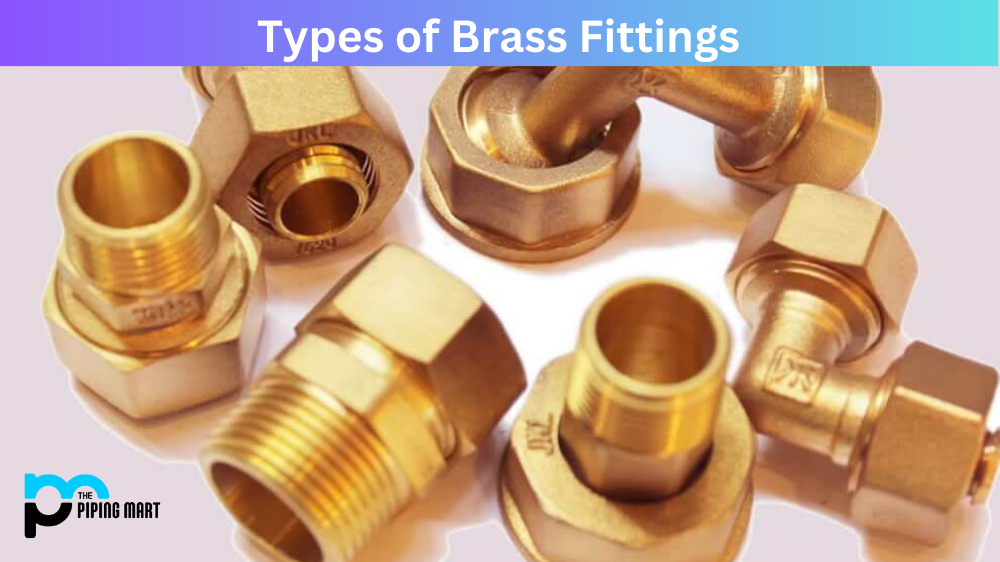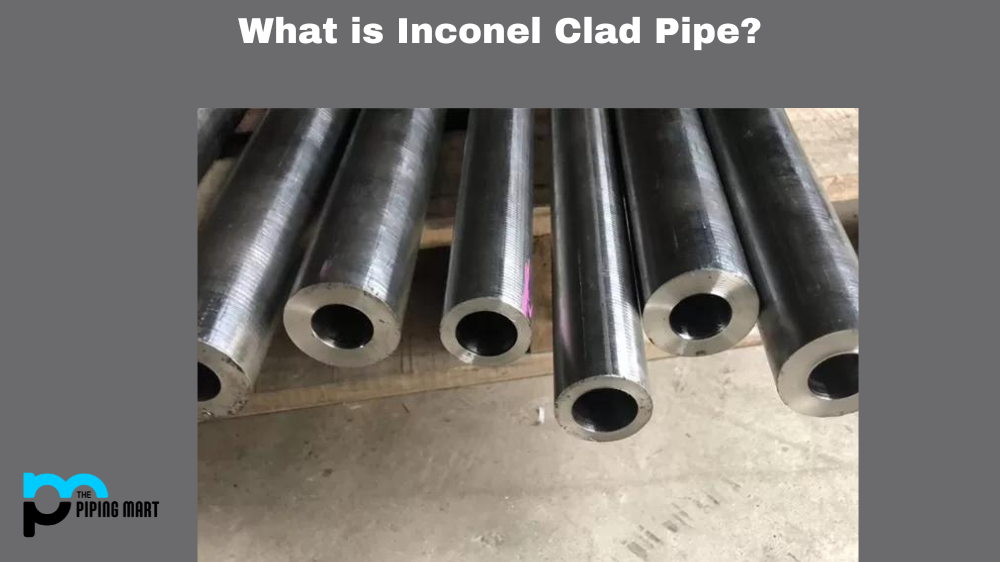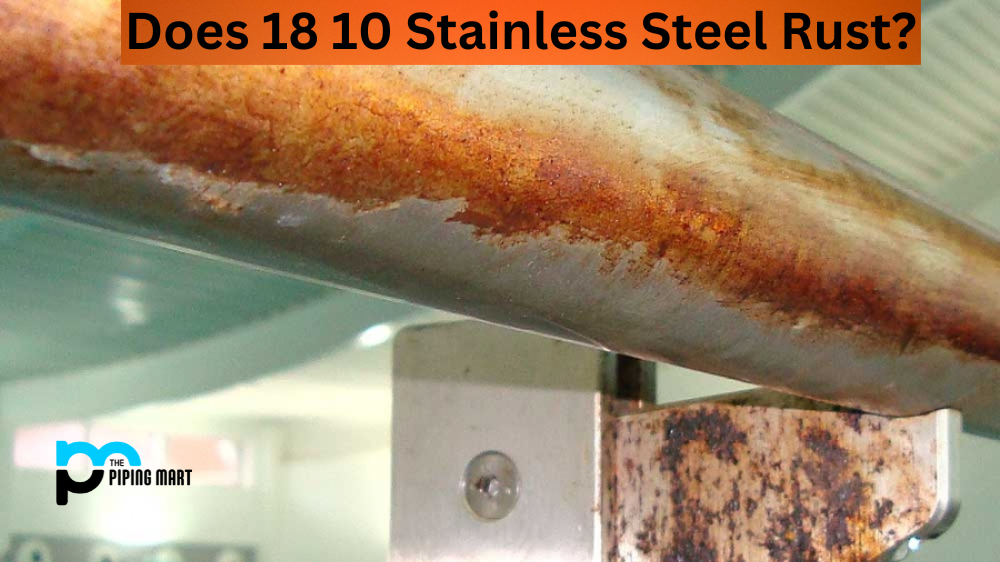Brass fittings are
- An essential part of any plumbing system.
- Providing reliable seal connections between pipes.
- Valves.
- Other apparatus.
Brass is commonly used for industrial and household plumbing because of its durability, corrosion resistance, and long-lasting performance. Several brass fittings are available for different applications and purposes, ranging from tees, couplings, elbows, adaptors, plugs, unions, and wyes. This post will discuss each type in detail to help you understand which is most suitable for your plumbing project.
Types of Brass Fittings
Tees
Tees are brass fittings shaped like a ‘T’ when viewed from the side. They have three openings, two of which are positioned at a right angle to each other, and the third opening is set straight. Tees are typically used to connect three pipes at once, allowing the flow of fluids to be diverted or mixed within the piping system. They are commonly used in irrigation, central heating, and HVAC systems.
Couplings
A coupling is a brass fitting that connects two pipes end to end, allowing them to collaborate and transmit fluids efficiently. Collars come in different sizes and are used to join pipes of the same diameter or reduce the size of one line to connect to another. Couplings are straightforward to install and provide a reliable and tight seal between two sequences.
Elbows
Elbows are fittings bent at a 90-degree- or 45-degree angle, allowing pipes to change directions without creating challenging bends or curves in the plumbing system. Elbows are used to change the direction of the flow of fluids or direct the flow around obstacles, such as beams or columns. Elbows come in different angles, from 45 to 90 degrees, and are commonly used in drainage and plumbing systems.
Adaptors
Adaptors are brass fittings that connect different pipe sizes or types. They are used when the two pipes in the plumbing system have different sizes or when one pipe material transitions to another. Adaptors come in different shapes and sizes and can be threaded or slip-on. They are used in various plumbing applications, such as swimming pools, water filtration, and sprinkler systems.
Plugs
Plugs are fittings used to temporarily seal off a pipe opening. They are inserted into the pipe fitting to block the flow of fluids and prevent leaks when the pipework is under maintenance or repair. Plugs come in different sizes and shapes, such as hex plugs, square head plugs, or countersunk plugs, and they are usually made of brass or stainless steel.
Unions
A union is a brass fitting used to connect pipes but allows for straightforward disconnection without cutting or removing any part of the pipework. Blocks are constructed of two parts that screw together to form a tight seal. They make it easy to service or replace a section of the pipework without affecting other parts of the system. Unions are commonly used in gas piping, hydraulic lines, and marine applications.
Wyes
A wye is a brass fitting that splits the pipe flow in two directions. It has a Y-shaped configuration, with two equal-sized openings and one smaller opening at a 45-degree angle. Wyes are used in plumbing systems that disperse fluids or gases in two directions. They are commonly used in gutter systems, vent pipes, and sewage lines.
Conclusion
In summary, several brass fittings are available, each with a unique design and function. Tees, couplings, elbows, adaptors, plugs, unions, and wyes are essential components of any plumbing system used in multiple applications. Understanding the different brass fittings and their usage is crucial in selecting the right type for your plumbing project. By choosing the right style and size of brass fitting for your plumbing system, you can ensure that your system is efficient, reliable, and long-lasting.

Meet Bhavesh, a seasoned blogger with a wealth of knowledge and experience. From metal products manufacturing to retail, Bhavesh has a diverse background in various industries and is dedicated to sharing his insights and expertise with readers.




